Listening to voices: designing pelvic health services in south east London
Monica Franklin, a midwife and Senior Project Manager with the NHS South East London Integrated Care System, shares her journey of involving communities to transform and improve perinatal pelvic health care in south east London.
Three years ago, we started the Perinatal Pelvic Health Service pilot – with the aim of helping pregnant women and birthing people who experience pelvic health problems such as loss of bladder control (incontinence). When I began my role, I knew little about community engagement. Despite my experience in maternity services, I hadn’t engaged much with local communities. But I knew it was important for me to hear from women and birthing people of different backgrounds to design services that meet the needs of our diverse communities in south east London.
Before developing the service, we wanted to understand the community’s awareness and needs. We started by examining our local population across the six boroughs, looking at common languages spoken, and identifying women at higher risk of pelvic health issues, such as those from Southeast Asian backgrounds.
We aimed to engage with underrepresented communities, including Gypsy Travellers, the Roma community, and the Latin American community in Southwark and Lambeth. To have open and honest conversations, we provided a safe, informal environment for women to discuss their concerns. We held coffee mornings and online sessions, ensuring small groups for more personal discussions. We also included physiotherapists in these sessions to provide expert advice.
Our engagement sessions had no strict agenda. We spoke to women who had given birth in the last five years, focusing on their knowledge of pelvic health and the challenges they faced in getting help. We also ran some sessions in other languages, with native speakers or interpreters present.
Many women didn’t know where to find help or were confused about the roles of healthcare teams. There was a lack of information in their own languages, and pelvic health issues were often not mentioned due to embarrassment. Many women believed issues like incontinence were just a normal part of motherhood.
We used this feedback to develop our services. We created a survey to get more feedback and built an education and training package for healthcare professionals. The insights also helped shape our antenatal pelvic health classes. You can read more about our work here.
One key lesson for me was the importance of meeting people where they are comfortable, like mosques or community centres, and working with trusted community organisations.
In future projects, I would involve the engagement team early on. Their connections and tips are invaluable. I’d also keep engaging with communities to see the ongoing impact of our work.
My top tips for involving people with lived experience are:
- Don’t be afraid to get out and have informal conversations;
- Start with broad, open questions and follow the conversation;
- Engage with people in their own spaces for honest feedback;
- Listen with an open mind
Community engagement is key to developing effective services. By listening to voices from all backgrounds, we can create better, more inclusive health services.
